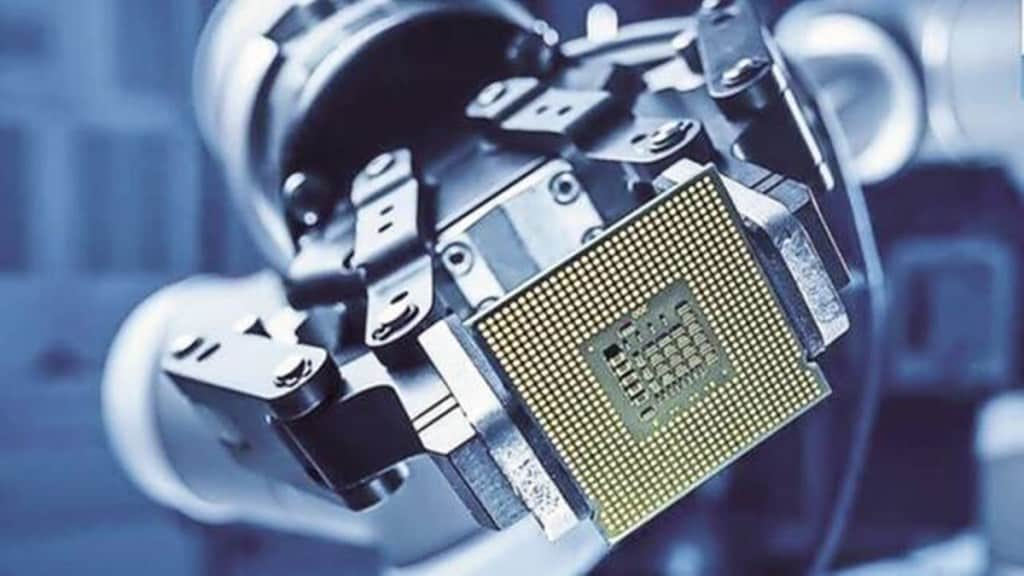After announcing a partnership on critical and emerging technology with the US, the government on Thursday signed a memorandum of cooperation with Japan for semiconductor design, manufacturing, equipment research, talent development, and bringing resilience to the semiconductor supply chain.
Collaboration with Japan for the development of semiconductors will help the government to attract Japanese companies to the Rs 76,000 crore semiconductor incentive scheme, thereby boosting the semiconductor ecosystem in the country. Further, issues for some companies with regard to getting technology partners will also get resolved once collaborations happen on the level of governments, experts said.
A cooperation agreement with Japan will open the scope for Japanese companies such as computer memory manufacturer Kioxia, IT and electronics major NEC Corporation, Sony, among others, for the semiconductor and other electronic components incentive schemes of the Indian government.
“There is a complementary strength between India and Japan. For a long period, Japan had a lead in semiconductors that led to the development of a variety of industries around semiconductors. We need to bring this huge base to India,” said communications and IT minister Ashwini Vaishnaw.
“The two countries will establish an implementation organisation to decide on collaboration on government-to-government and industry-to-industry fronts,” Vaishnaw said.
“Japan has strengths in the silicon wafer and ingot manufacturing, raw materials such as gasses, display and equipment manufacturing. Japan sees India as a partner where complementary strengths can be used,” Vaishnaw said, adding that India has over 50,000 design engineers. So, that is why the world is looking at India as a major destination for semiconductors, he said.
Cost competitiveness of manufacturing in India, market and talent base, are the key things that will drive Japanese companies to invest in India with regard to the semiconductor and electronic ecosystem, experts said.
Partnership with Japan will also help India to move from assembly and advanced packaging of semiconductors to manufacturing. Further, the government might also easily focus on developing the semiconductor ecosystem below the 28-nanometer node as well going forward, sources said.
“In the entire 100% of semiconductor demand, close to 55% demand is going to come from the larger nodes such as 40 nanometer, 60 nanometer, even 90 nanometers, 28 nanometers,” Vaishnaw said.
Further, Vaishnaw added that in collaboration with Japan, the government is very open-minded and it would like to focus on all the parts of the value chain.
From Japan’s side Rapidus, which is a semiconductor manufacturer and includes eight major Japanese companies such as SoftBank, Sony, Toyota, Denso, etc, will play a major role in the partnership with India, Vaishnaw said.
Last month, US-based Micron Technologies announced its plans to set up a $2.75-billion chip packaging (assembly, testing, marking, packaging) unit in the country. Post the announcement, Vaishnaw said that the first made-in-India chip under the project will be rolled out by December 2024, and annual production worth $1 billion is expected once the plant is fully operational.
He also said that six more semiconductor projects will come up in the next year.

